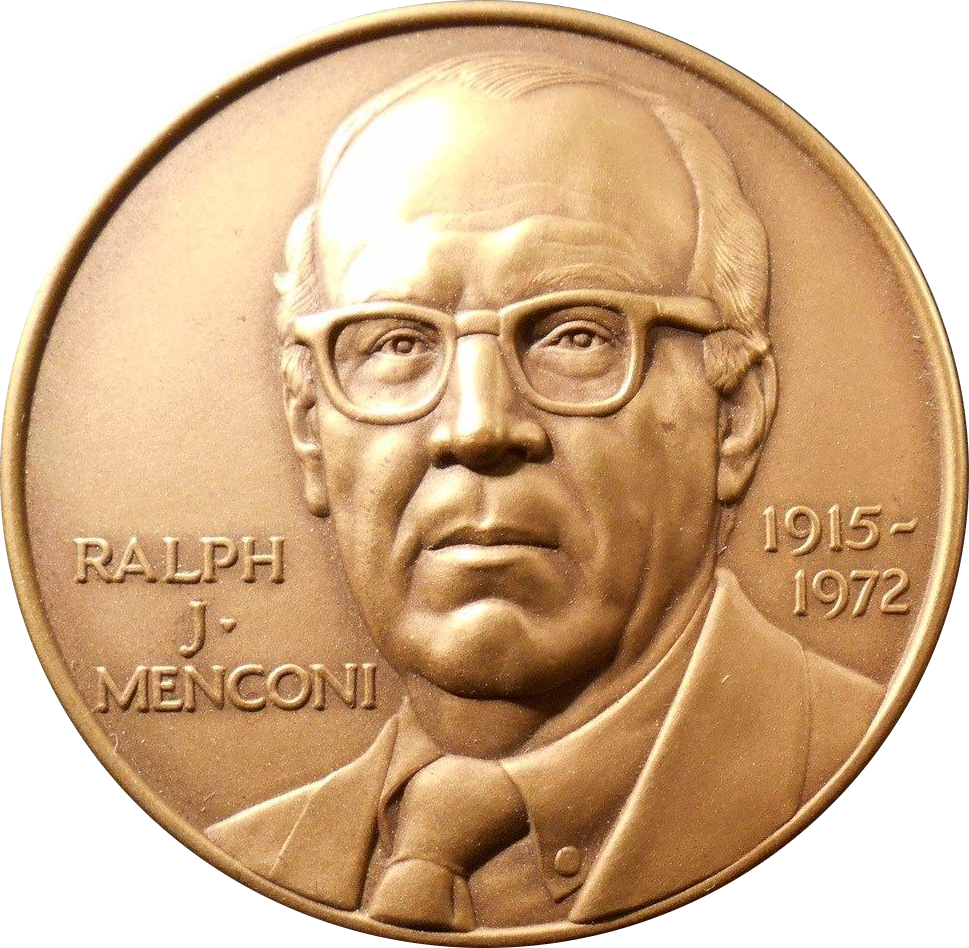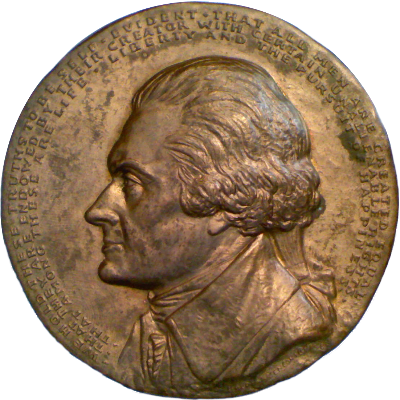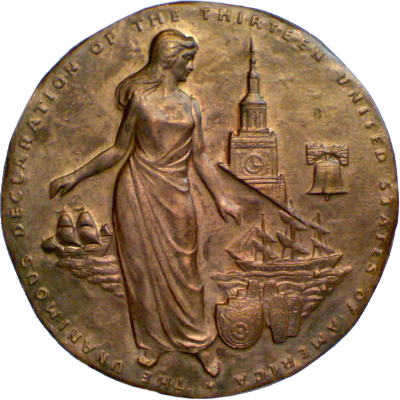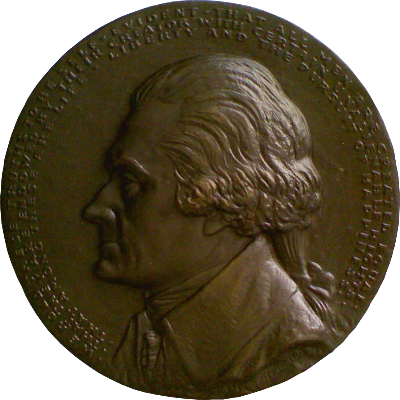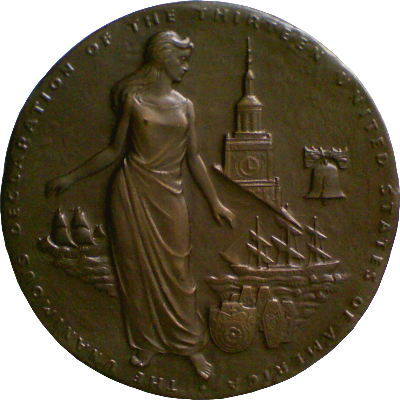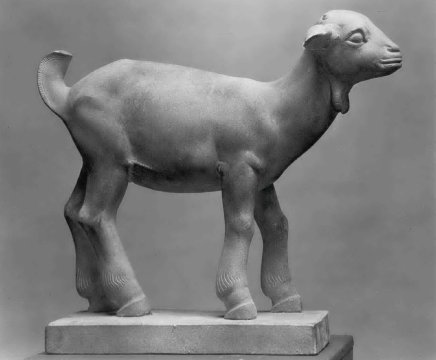Ralph J. Menconi was born to Raffaelo E. Menconi and Josephine Menconi (born Zampieri) in 1915. With his father a monumental sculptor, the young Ralph Menconi was set on his path to sculpture early. After growing up in Hastings-on-Hudson, NY and attending the nearby Scarborough School, Menconi began formally studying art at the National Academy of Design, followed by Yale. He received a Bachelor degree in Fine Arts from Yale University in 1939.
At age 22, as an apprentice to his father, Menconi created a bronze statue of a young goat, "Mocha," which is in the collection of the Anna Hyatt Huntington Museum in Brookgreen Gardens, South Carolina. His other three-dimensional works include a statue of Christ at the Cathedral of Nassau, Bahamas, and large busts and fountains on the campuses of Pace University in NYC and Pleasantville, NY, and DePaul University in Indiana. Beginning in 1951, Menconi and his wife Marjorie Ewen and their children Ralph II and Susan lived in Pleasantville, NY, where Menconi was very active in civic affairs, serving on the village's Board of Trustees and as Police Commissioner. He attached a studio to his early-American house in Pleasantville as a second workspace to supplement his primary studio in Manhattan. His work also includes extensive Biblical sculpture for the reredos of the Emmanuel Lutheran Church in Pleasantville.
By the 1960s, Ralph Menconi had achieved a national reputation as a master of high relief portraits. He was much in demand as a designer of medals and plaques, and his work can be found all across the United States. His wood-carved reliefs of William Green and Samuel Gompers are in the main lobby of AFL-CIO headquarters in Washington, DC, and his portraits of the seven original Mercury astronauts are displayed near launch pad 4 at Cape Kennedy. His work on the door of St. Joseph's Church in East Camden, NJ depicts the life of the saint. The state of Alaska selected him to create their statehood medal in 1959, and President-elect Richard Nixon chose Menconi to design his inaugural medal, which was featured on the cover of Time magazine on January 24, 1969. He also designed memorial medals for John F. Kennedy in 1964, and Winston Churchill in 1965. Among his more than 900 works, Menconi created medals for the National Book Award, New York University Law School, Kenyon College, Hamilton College, the Capitol Historical Society in Washington, and the New York Historical Society. Ralph was also selected to design the first official medal of the American Bicentennial Commission.
He became known in the art world as the "Sculptor of Presidents" because of an important series of medals he produced commemorating all the Presidents of the United States. Presidents Eisenhower, Johnson and Nixon sat personally for him, and President Johnson also commissioned a portrait medal for his own use. Menconi's other well-known medallic series depicted every signer of the Declaration of Independence, and every state in the US, using heroes chosen by the states' historical societies. He also created a very popular series of medals portraying America's Apollo mission in space. At the time of his death of heart disease at age 57, Menconi was nearing completion of a series of medals celebrating the Great Religions of the World.
The American Numismatic Society lists 118 medal designs.
It is fitting that internet searches yield no images of Ralph Menconi himself, only of his works. He is represented by his likeness on a medal issued in his honor.
